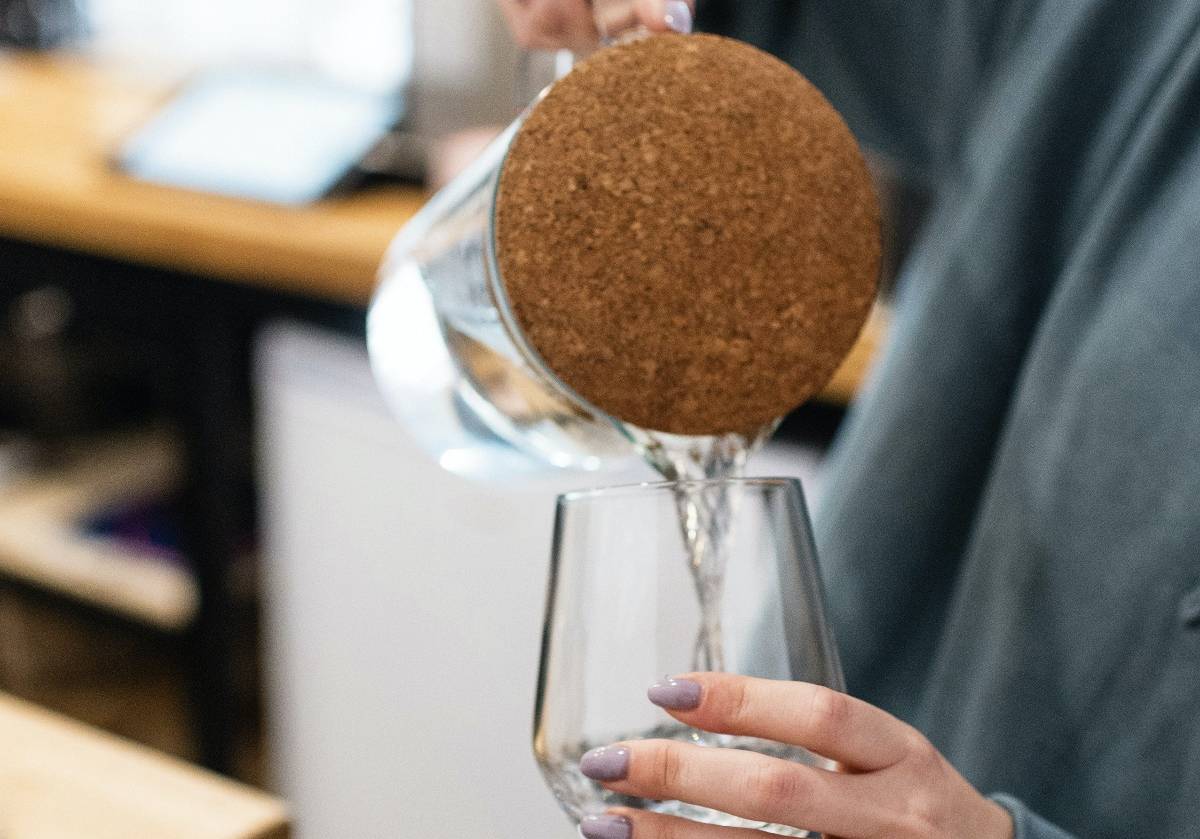At the end of the day, we all want the healthiest choice for our body. We hydrate our bodies, clean our fresh food, and wash our hands with our water source at home. However, have you ever stopped to think about what is in your water supply and if it’s safe? It’s hard to see if there’s anything wrong with your water by a simple look, so we fall back on trusting that our source is clean. Instead of trusting clean water policies that haven’t been updated in decades, you can switch to water filtration systems to ensure that the water you’re drinking is the best water source possible.
There are factors to consider when shopping for water filtration systems, such as what your water source is, maintenance, and more.
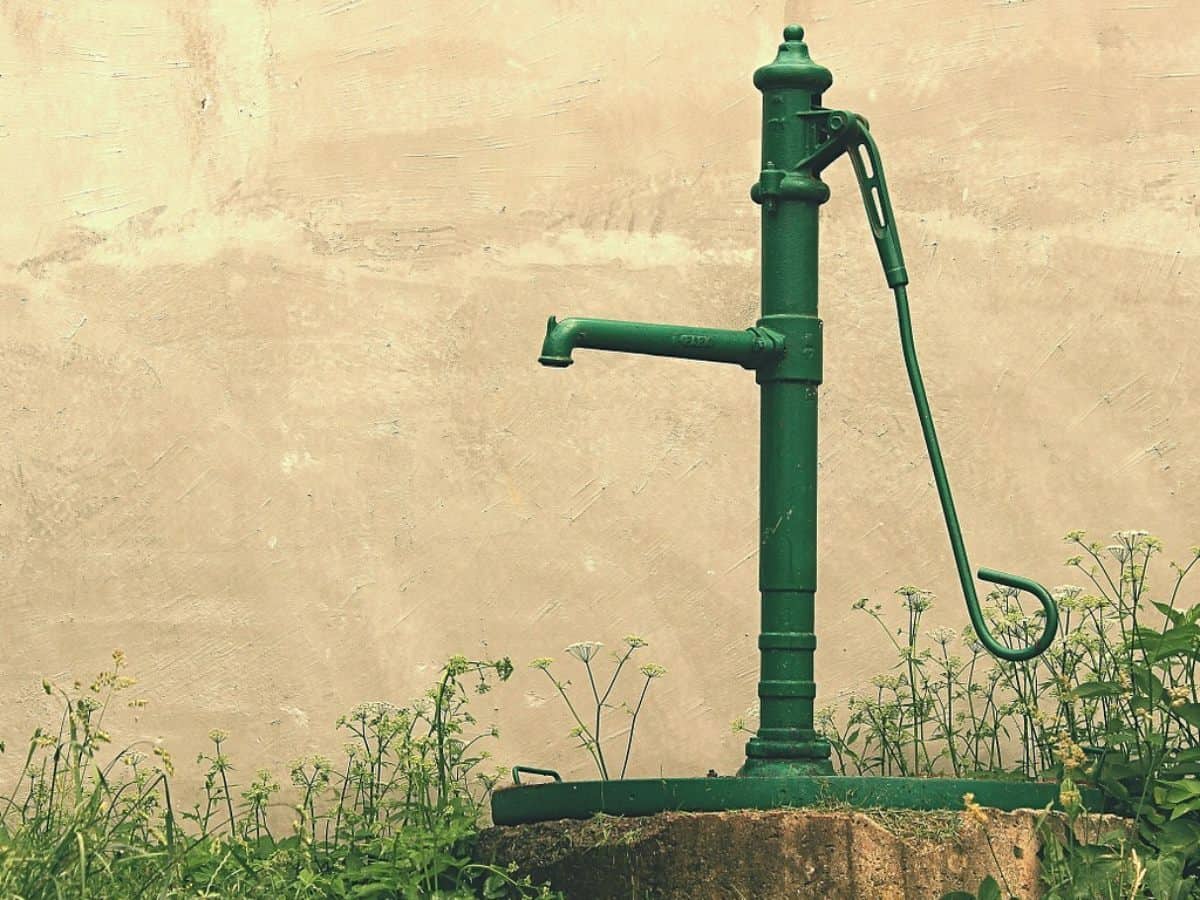
Know Your Water Source
There are a couple different sources for where your water is coming from.
- Private Well: If your water source is a private well, make sure you are having it tested at least once a year.
- Public Water Sources: if you have public water, you will receive an annual report of what contaminants are in your water.
With either option, you can get a free water test done, just so you know what is in your water the day it gets tested. This is great for new homeowners who want to know their water quality before moving in with their family.
What’s a Free Water Test?
A free water test with ONIT is a great way to find out exactly what is in your water. Water tests measure for many things including:
- Bromine
- Chlorine
- Nitrate
- Water hardness
- Precipitate test
- Chromium
- Heavy metals
From there, the technician sits down and explains the results to you and helps you understand what is in your water, and how water filtration systems benefit your household.
Understand the Reasons You Want a Filter
Now that you know what your water source is, and have hopefully gotten a water test, you should know what is in your water. Once you know what is in your water, you should be able to figure out why you want a filter, and what filter you should get depending on your needs.
Your Water Tastes Bad
There’s a few reasons your water tastes bad, anything from just having too much chlorine, or serious health issues in your water. Having poor tasting water is a great reason to look into water filtration systems. Some common complaints about the smell or flavor of water include:
- Smelling and tasting like rotten eggs. This is due to high levels of sulfur bacteria and hydrogen sulfide gas in your water. However, if you’re only having the smell when you’re using hot water, this is due to a chemical reaction in your water heater, not your water supply.
- If your water is tasting like a glass full of pool water, chances are, your chlorine levels are too high in your water. Our water goes through rigorous water treatment processes, and one of the processes includes chlorine. Chlorine is used as a disinfectant, killin the disease causing pathogens, viruses, bacteria and protozoans. While the taste is unfortunate, a filter can get rid of the taste and smell.
You Are Afraid of Harmful Contaminants
If you got your water test back and realized there are harmful levels of lead in your water, you absolutely should look into water filtration systems! Be sure that you are getting a filter that is powerful enough to take out lead from your water. Children exposed to high levels of lead at a young age will have neurological effects for the rest of their lives.
You’re Traveling and Want a Filtered Water Bottle
Traveling is always stressful, but finding safe water adds to the stress. Luckily, there are plenty of great options for filtered water bottles for both everyday use and for traveling. There are different levels of filters and what they can remove, so make sure you’re buying the best filtration for your needs.
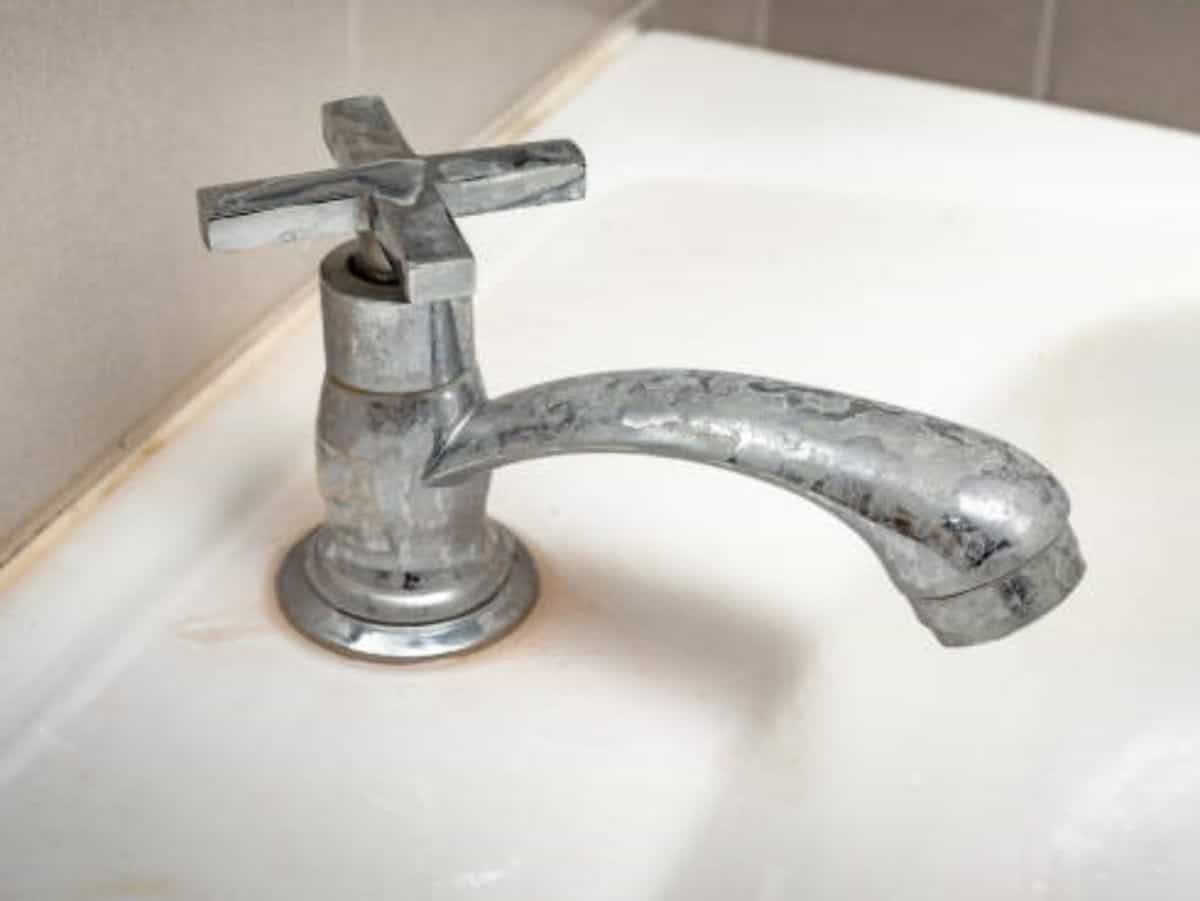
You Have Hard Water
Hard water can be pesky. From itchy splotches on your skin from showers, dried out hair, dull laundry and cloudy dishes, hard water is just flat out annoying. There are great water filtration systems for hard water, and we can help you get there. Hard water is the amount of dissolved calcium and magnesium present in your water. This normally happens through your pipes, and it is naturally occurring due to the minerals in our water. However, there are filtration systems put in place to get rid of it.
There are four different classifications of water, depending on the amount of milligrams (mg) of calcium carbonate per liter (L) in parts per million (ppm).
- 0 to 60 mg/L as calcium carbonate is “soft water”
- 61 to 120 mg/L is “moderately hard”
- 121 to 180 mg/L is “ hard”
- Anything over 180 mg/L is considered “very hard”
Find the Filter to Fit Your Home and Lifestyle
Knowing the reason you want a water filtration system will help you decide which filter will best suit you. At ONIT, we’re here to help you through this process. Our team of experts will help you choose the best filtration system for your home and needs. Here is a list of things that you should know about the process.
What Does the Filter Remove?
Different filters will remove different contaminants.
- An activated carbon filter will remove the taste and odor of chlorine and reduce contaminants like lead and fluoride.
- A reverse osmosis filter will remove any contaminant that is bigger than a water molecule. This is typically used in house filtration systems.
- An ion exchange filter reduces the amount of calcium and magnesium in your water as a way to soften the hard water.
Let’s focus on the reverse osmosis water filter, as this is what is most commonly used as whole home filtration systems. The system works in four different stages, as seen below:
- The first stage is the Sediment and Activated Carbon Block Module. This stage removes traces of Chlorine and microscopic debris from the water.
- Next, the second stage is the Reverse Osmosis Chamber. This step removes the trapped tiny particles, pollutants, fluoride and trihalomethanes from the prefilters.
- Third, the water will go through the Granular Activated Carbon. This removes the organic and odorous chemicals, like hydrogen sulfide. However, the reverse osmosis system removes it and keeps your water smelling and tasting fresh!
- The last stage is the In-Line Polishing Filter. This removes any remaining foul tastes and odors in the water, boosting the pH and giving you water bottle quality tastes.
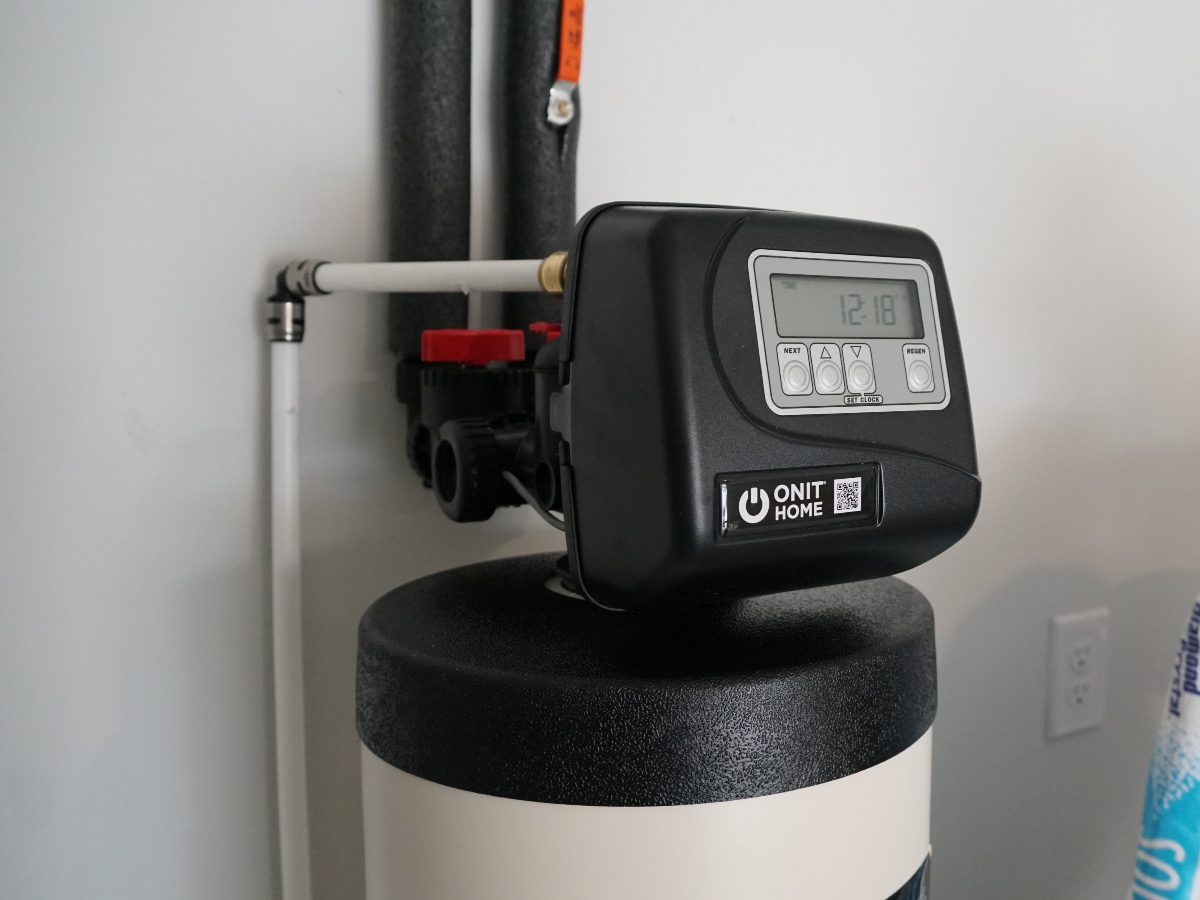
Whole Home Water Filtration Systems Saves You Money
Did you know that switching your home to water filtration systems can save your family money every year? It’s true! There are so many costs that go into outsourcing for clean water, that you might not realize just how much it’s adding up. Some of these costs include:
- Bottled water
- Large bottled jugs of water delivered to your home
- Using filters with short lifespan, such as pitchers similar to Brita
- Fridge filters
These costs can add up, and in a family of four, switching to a home filtration system can save you up to $870 annually. How does this happen? Let’s break down the costs that go into it in regards to a family of four.
- You can save up to $324 every year by eliminating bottled water purchases. The average person purchases about 43.7 gallons of bottled water every year and the more people in your household equals more gallons of bottled water purchased annually.
- You’re saving up to $420 every year on cleaning products. Having soft water makes detergent and cleaning products more efficient. Therefore, you use up to 50% less of your products around your home.
- Additionally, you’re saving up to $36/year on energy consumption alone. If you’ve ever looked at your electric bill, you’ll see that your water heater averages around 13% of your monthly bill! If you have hard water in your home, your water heaters are working harder to warm up the water because of the mineral buildup. Having soft water reduces your energy consumption by up to 20%.
- Lastly, you’re able to save up to $90/year on your plumbing and appliance maintenance. Having soft water reduces the buildup, keeping your pipes from clogging. Reducing hard water problems can help you save up to 75% every year.
Create a Maintenance Schedule
With any water filtration system, it will only work if you continue to maintain it. When your system is installed, make sure to take note of the maintenance that needs to be done with it. Not only will your filter not clean the water, but the filters could be growing bacteria as well. Having this system gives you clean water straight out of the tap or faucet. This makes it incredibly easy to have the best quality water with a system that is installed out of sight.
Maintenance is easy, you just need to remember to replace the pre and post filters once a year and replace the reverse osmosis membrane every two to three years.
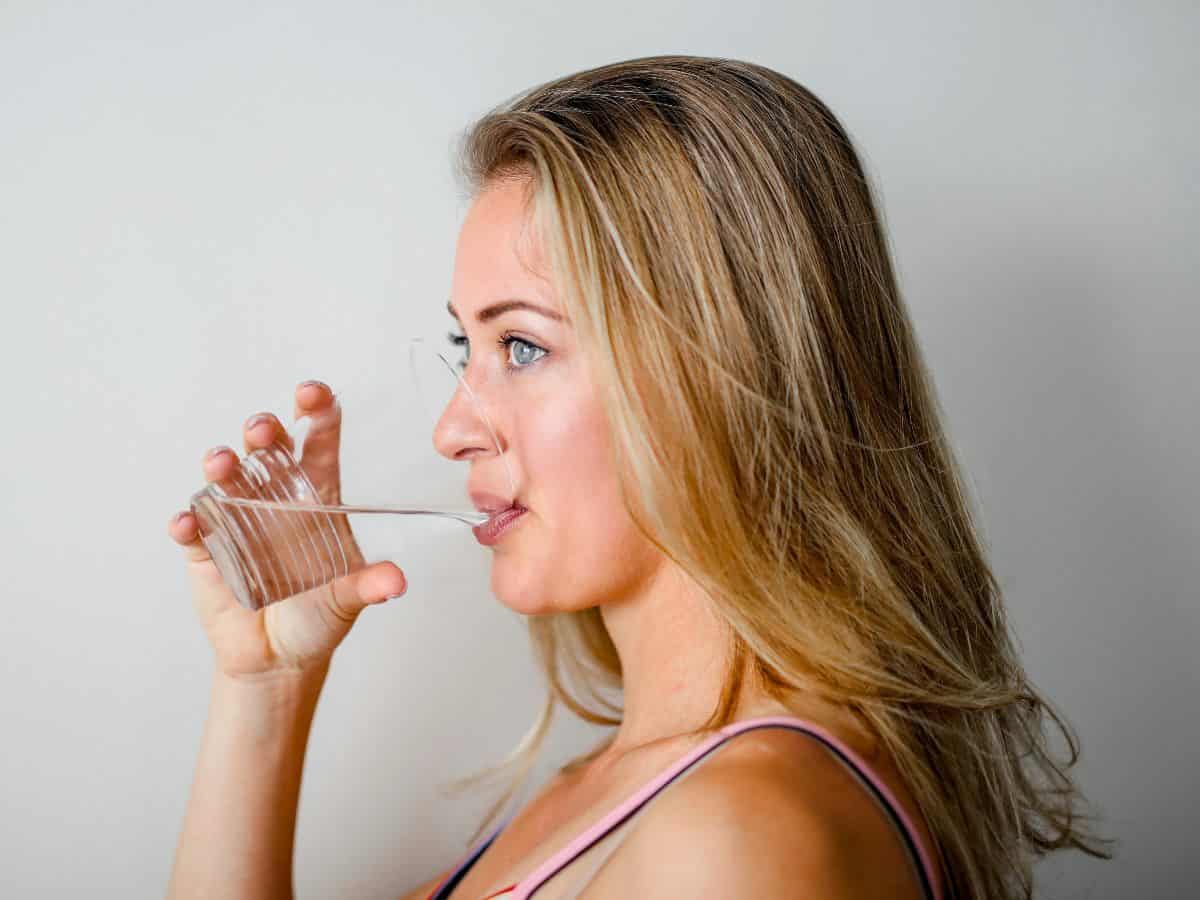
Still Have Questions? We’re ONIT.
No worries! Picking a water filter is a huge decision! Luckily, at ONIT we have a great team of professionals that can help you with any question you may have. We can help you understand the importance of clean water, help you identify what is in your water, and provide you with helpful, easy-to-understand insight surrounding your new water filter. Our goal at ONIT is for everyone to have clean water at low cost to you. We look forward to hearing from you today! Give us a call at 1-833-433-0331 or visit our website to learn more.



